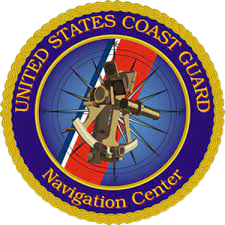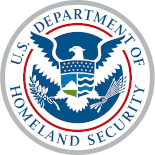Transmitting a DSC Distress Alert

Guidance on Distress Alerts
Courtesy of IMO MSC.1/Circ.1658
DSC distress alerts include position information, but only if the radio has an internal GPS or is connected to a GPS. When buying a new marine radio, make sure it includes a GPS receiver.
Once the distress alert is transmitted, contact the Coast Guard on VHF channel 16 and communicate your distress information. The Coast Guard will digitally acknowledge your distress alert if you are in VHF range.
Cancelling an Inadvertent Distress Alert
The U.S. Coast Guard responds to DSC distress alerts, so cancelling an inadvertent alert is essential. You won’t get into trouble by accidentally sending a DSC distress alert if you cancel it immediately.
DO NOT power off the radio before cancelling the alert. Otherwise, most radios will continue transmitting the alert once it is powered up again.
All DSC-equipped radios have a menu selection for cancelling a distress call once distress is activated. Transmit that cancellation. Then notify ships and the Coast Guard of the cancelation, your MMSI and the name of your boat on channel 16
Receiving a distress alert
When receiving a DSC distress call, check the location of the alert if available, and listen to traffic on channel 16 to determine if you can assist. The Coast Guard should transmit a DSC acknowledgment of that distress alert, terminating the alarm. If a DSC distress acknowledgment is not received, contact the local Coast Guard unit by whatever means you have available and let them know the details of the alert you received.
Many Maritime Survivor Locating Devices (Man-Overboard devices) are also capable of transmitting a distress alert. Man-Overboard alerts should have position information and may be of short range if the device is worn by a person in the water.

